Is Your Dog “Stubborn”?
Written by Lorrie Reynolds
Categories
Are Dogs Really Stubborn?
I see this question online at least once every week. “How do I teach my stubborn dog to (pick a behavior)?”
Spoiler alert – I don’t believe that dogs can be stubborn.
“Stubborn” implies a level of critical thinking that I honestly don’t believe dogs are capable of. It assumes the dog is hearing the cue, understands exactly what you want, and consciously decides that he’s not doing that today.
Also lovingly described as “flipping the owner the paw”, the belief in stubborn dogs isn’t limited to pet owners. I’ve seen it in dog sports as well, and even said it myself once or twice in the distant past.
As with all aspects of life, we learn, we grow, we understand, and we (hopefully) do better.
If My Dog’s Not Stubborn, Then What Is Going On?
I know what you’re thinking. “My dog KNOWS how to do this. He’s refusing to. If that’s not stubborn, than what is it?”
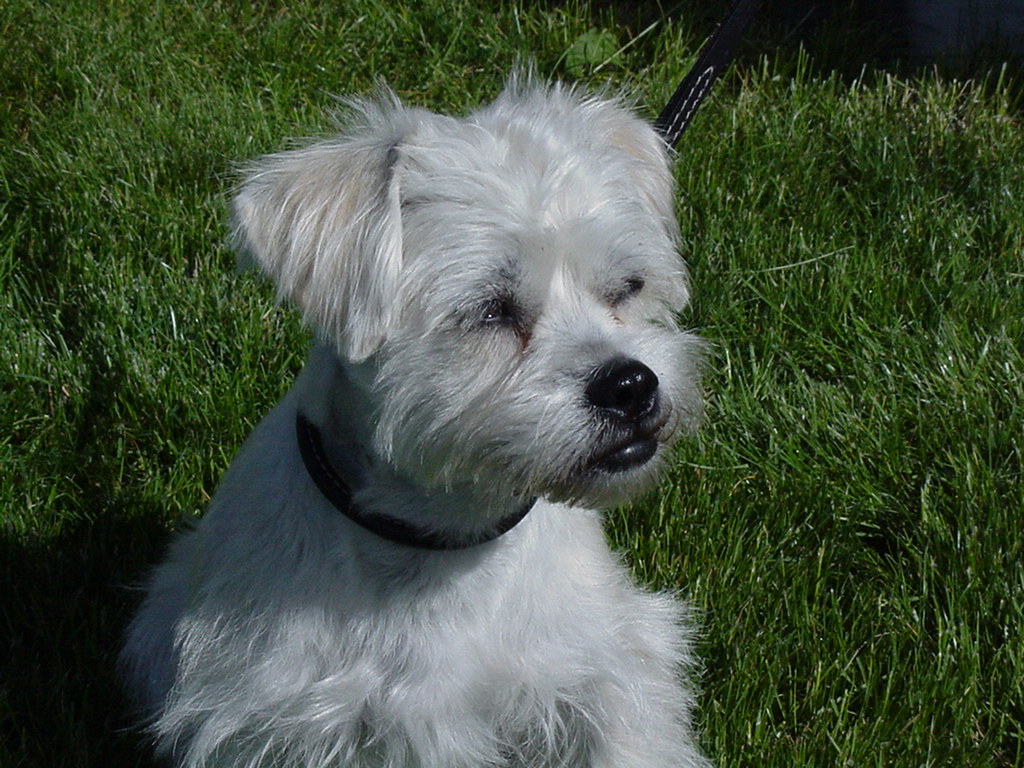
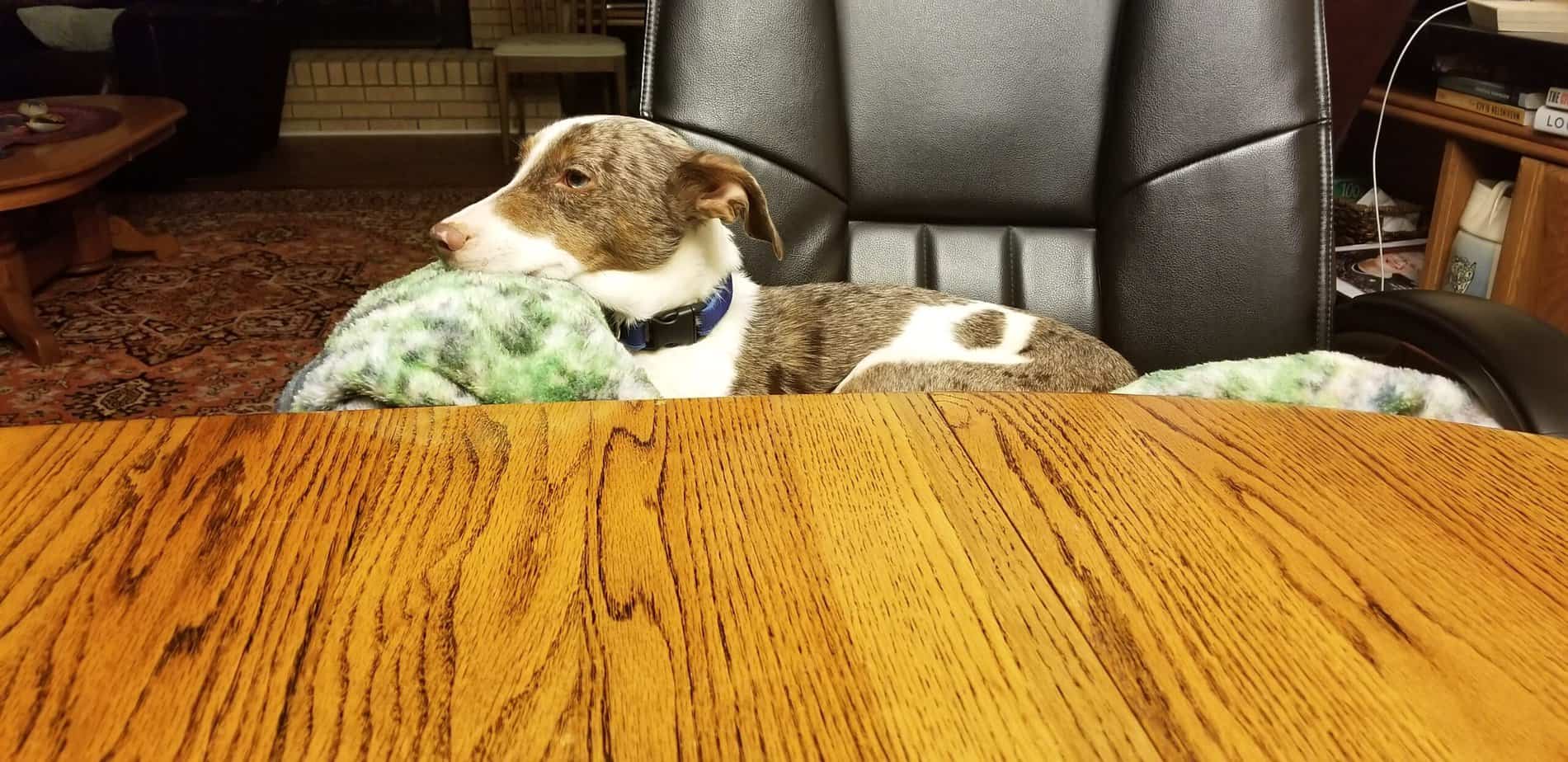
Physical Issues
My friend’s dog started refusing to finish the weave poles. She was super frustrated with her dog, because he had always had decent weave poles in the past. Because he was still running fast, playing, and not showing any signs of pain, she figured it couldn’t be a physical issue…but it was. She finally took him to the vet after a couple of weeks of missed weaves, and they found a minor injury to his spine. It wasn’t enough to slow him down when playing or during normal activities, but the back and forth torque that he was putting on his spine while weaving was painful.
If your dog stops performing a behavior that he has been well-trained on, check for physical injuries first. His “stubbornness” might be the only way he has of telling you he is in pain.
Stress or Fear
My dog started refusing to perform the dog walk – but only in one arena, when it was in a specific (and frequently-used) place in the ring. Someone asked me why she was being so “stubborn” and balking. Thankfully, I knew that stubbornness wasn’t the problem.
Pixie was relatively sound-sensitive, and while she was on the dog walk during the previous trial, a kid who was watching dropped a metal water bottle down the steps of the metal bleachers. I heard it happen, saw her reaction, and knew that we were going to have some training to do.
For the next few trials that had the dog walk next to the bleachers, I spent my time in the ring convincing her that it wasn’t a scary place. For an onlooker, it probably appeared that she was being stubborn because she had no issue with the dog walk any other time, so they knew she could do it.
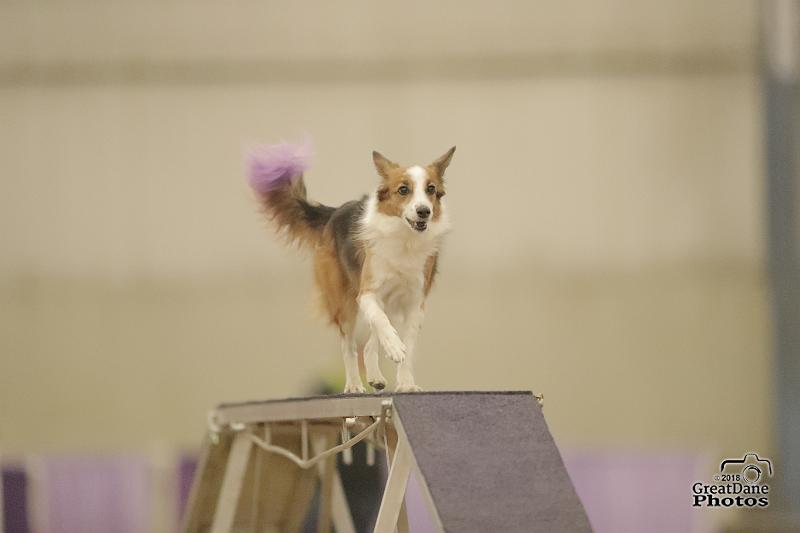
Copyright 2018 Great Dane Photos. Used with permission.
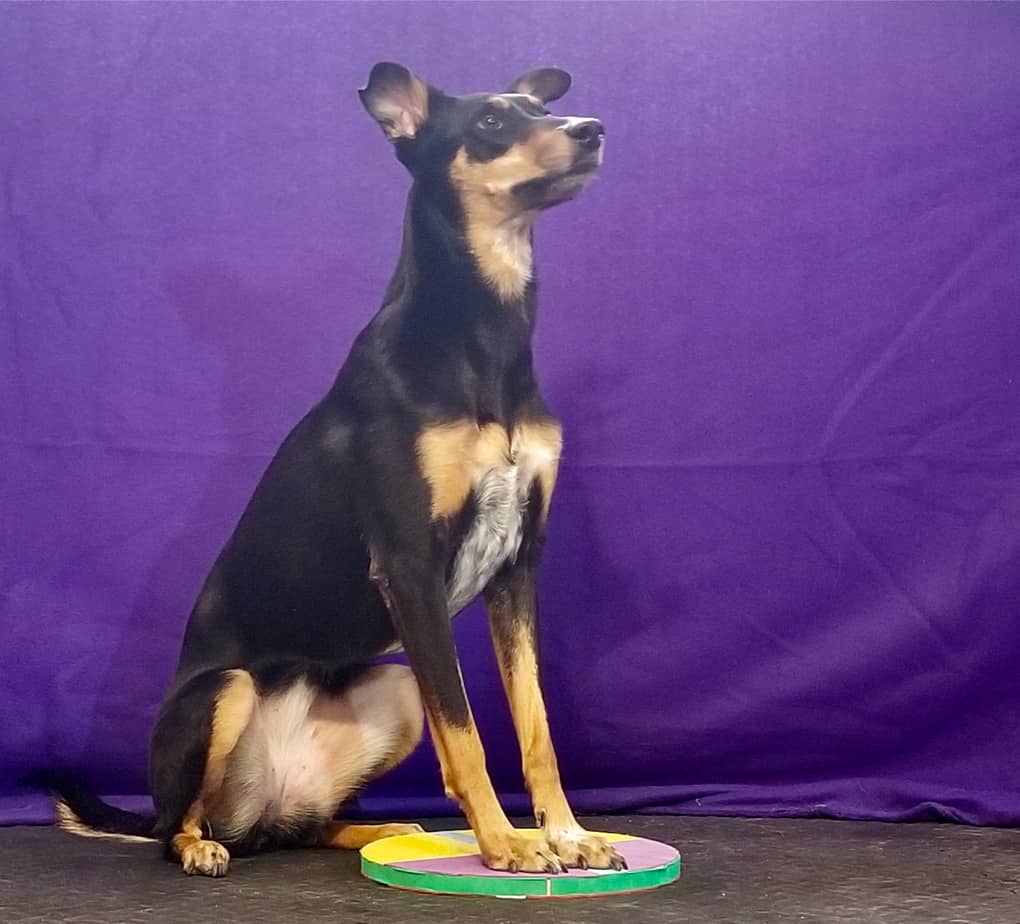
Lack of Generalization or Proofing
The more things dogs learn, the easier it is for them to generalize behaviors to new places or situations. When they first start learning, they are very dependent on environmental cues. I give the example of being taught to sit in the kitchen facing west not translating to sitting in the back yard facing east. Over time, they learn that a cue is a cue regardless of the setting, but that takes experience.
If your dog is “being stubborn” and not performing a behavior that you taught him, consider the environment. Has he been on multiple teeters in different settings? Has he learned that they are the same obstacle even when they look different? Has he had experience with the differences in the rate they drop and the location of the tipping point? If not, that “stubborn” behavior might mean he just needs more experience, in different locations, with different equipment.
Reward Value
While I don’t think that dogs have the cognitive ability to consciously be stubborn, I do think that there is an unconscious calculation of effort vs. reward. Rewards are determined by the dog, not the owner (see Motivation in Dog Training for more information on reward value). Many times, a dog will decide to quit being “stubborn” if whoever is training him finds a reward that is worth working for.
Teaching Methods
If you’ve known me very long, or read any of my articles, you know I’m a proponent of positive methods for teaching. One of the reasons is because of “stubborn” dogs. I’m on rescue dog #11, and have helped many other people with their rescues. There is one thing I frequently see with rescues that looks like the dog being “stubborn” but isn’t.
Dogs who have been forced to do things, punished, or who haven’t learned they have choices can appear to be stubborn. While they look like they’re refusing to do something, they are really just waiting to be told exactly what to do. It’s fascinating to introduce these dogs to clicker training and watch the lightbulb go on as they figure out that they can initiate behaviors and get paid!
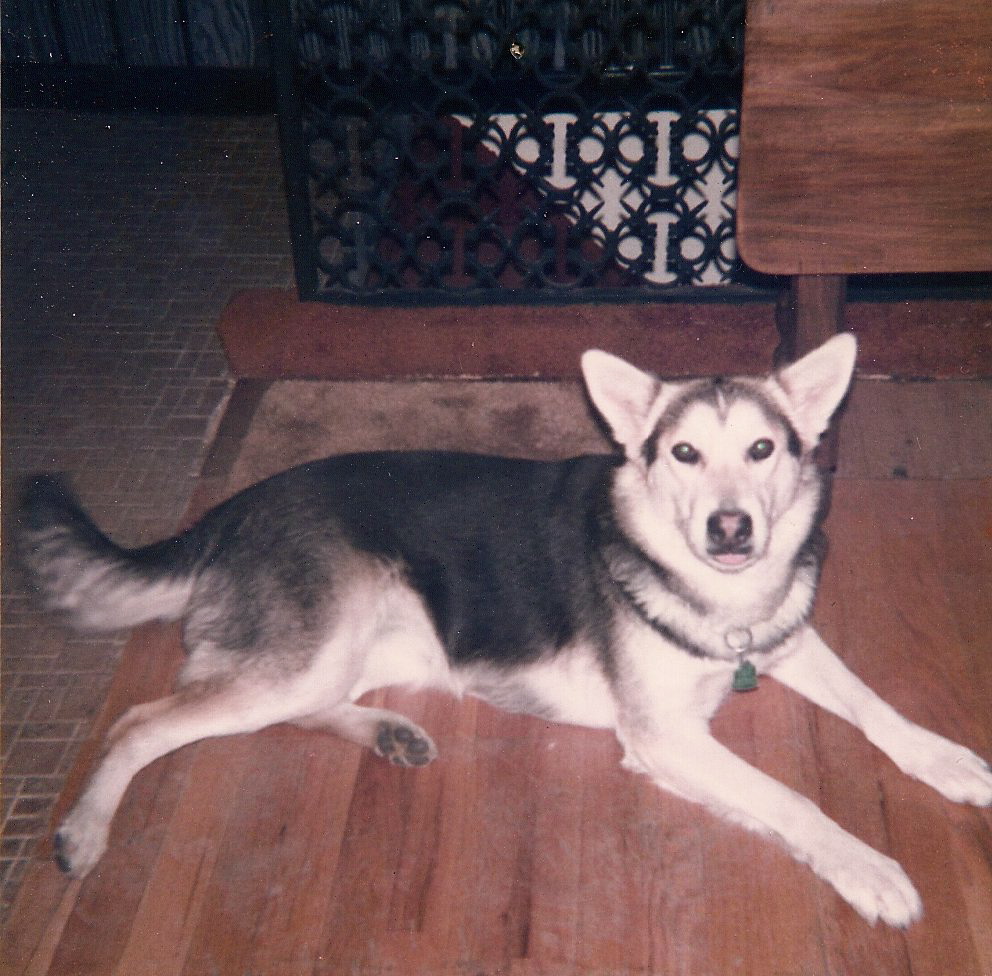
Inconsistency with Training Cues
Dogs read very subtle movements. If you are inconsistent with your cues, using one physical cue sometimes, and a different physical cue at other times, for example, dogs can become confused and appear to be stubborn. They really are being geniuses and assuming that the other cue means something different, and they are waiting to learn what that is.
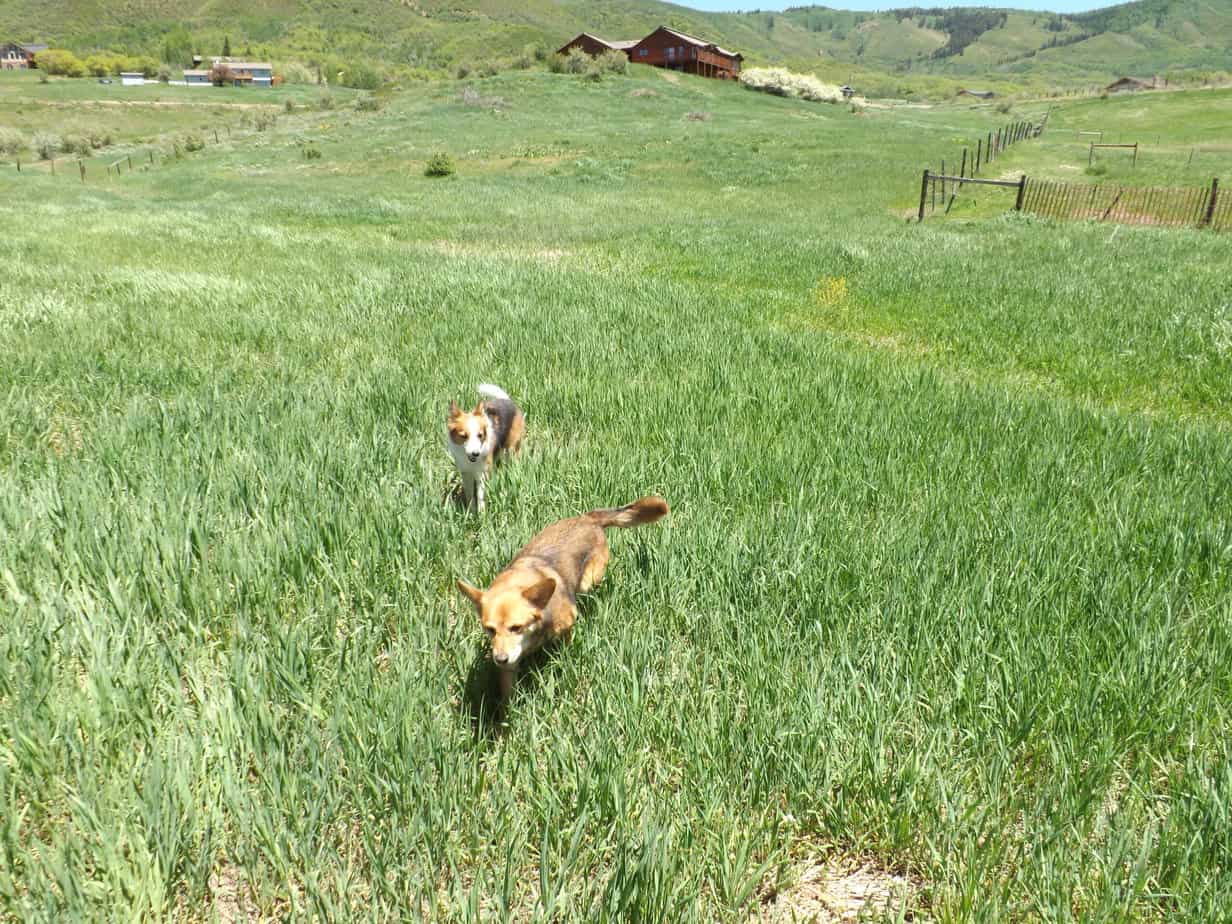
Instinctual Behavior
A frequent complaint is that a dog is being “stubborn” because he won’t come back to the handler when called. When I dig deeper, I usually find that the dog was doing something by instinct when he refused to come to the owner.
Without extensive training and a great history of rewards, it is almost impossible to compete with instinct. For a terrier, a mouse in the field is going to be way more exciting than you are unless you have built value for yourself. A sighthound will find bunnies mesmerizing and may not “hear” you call. A bloodhound that finds a tantalizing scent will look like he is being stubborn, but he is just following his nose.
Teaching consistent recalls is a subject deserving of an entire course, but here are a few tips:
- Don’t ever call your dog to do something unpleasant like a bath or nail trim
- Only call your dog when you are 99.9% certain he will come to you
- Practice recalls in low-distraction environments to build a huge reward history before trying to move to a busy area
- If you need your dog to come to you but aren’t certain he will, keep him on a leash or longline
Today’s Tip
Before you write your dog off a hopelessly “stubborn”, dig into the reasons why your dog might not be doing what you ask. Most of the time, a dog who appears to be stubborn has a different issue going on, and the good news is that most of them can be fixed!
You Might Also Like…
Five Ways to Crush It at Your Next Dog Agility Seminar
Going to a dog agility training seminar? Check out these five tips to maximize your return on investment!
Read This Before Deciding on Your Agility Dog’s Contact Performance
Which contact performance, running or stopped, is right for your team? The answer might surprise you.
Is Your Agility Dog a Pinto or a Ferrari?
If you’ve moved up from a slow or moderately-fast agility dog to a speed racer, here’s some advice to make your life easier.
Get tips, stories, discounts, and early notification of events and new courses delivered straight to your inbox! Join the community!

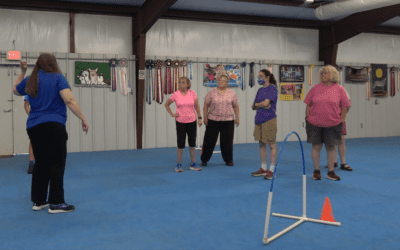
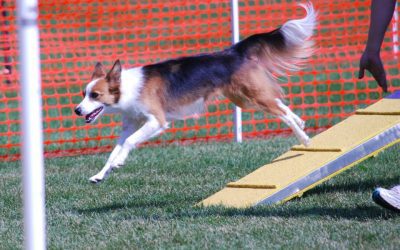
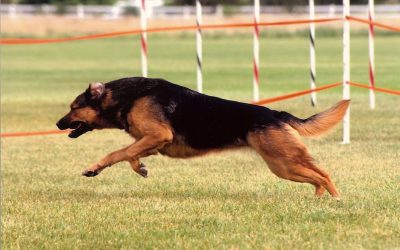
0 Comments